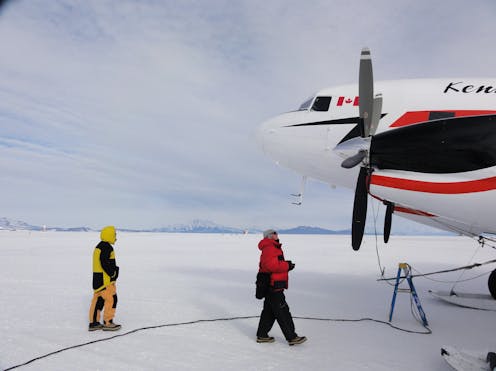Invasive species are threatening Antarctica's fragile ecosystems as human activity grows and the world warms
- Written by Dana M Bergstrom, Principal Research Scientist, University of Wollongong

We tend to think Antarctica is isolated and far away – biologically speaking, this is true. But the continent is busier than you probably imagine, with many national programs and tourist operators crisscrossing the globe to get there.
And each vessel, each cargo item, and each person could be harbouring non-native species, hitchhiking their way south. This threat to Antarctica’s fragile ecosystem is what our new evaluation[1], released today, grapples with.
We mapped the last five years of planes and ships visiting the continent, illuminating for the first time the extent of travel across the hemispheres and the potential source locations for non-native species, as the map below shows. We found that, luckily, while some have breached Antarctica, they generally have yet to get a stranglehold, leaving the continent still relatively pristine.
But Antarctica is getting busier, with new research stations, rebuilding[2] and more tourism[3] activities planned. Our challenge is to keep it pristine under this growing human activity and climate change threat.

















